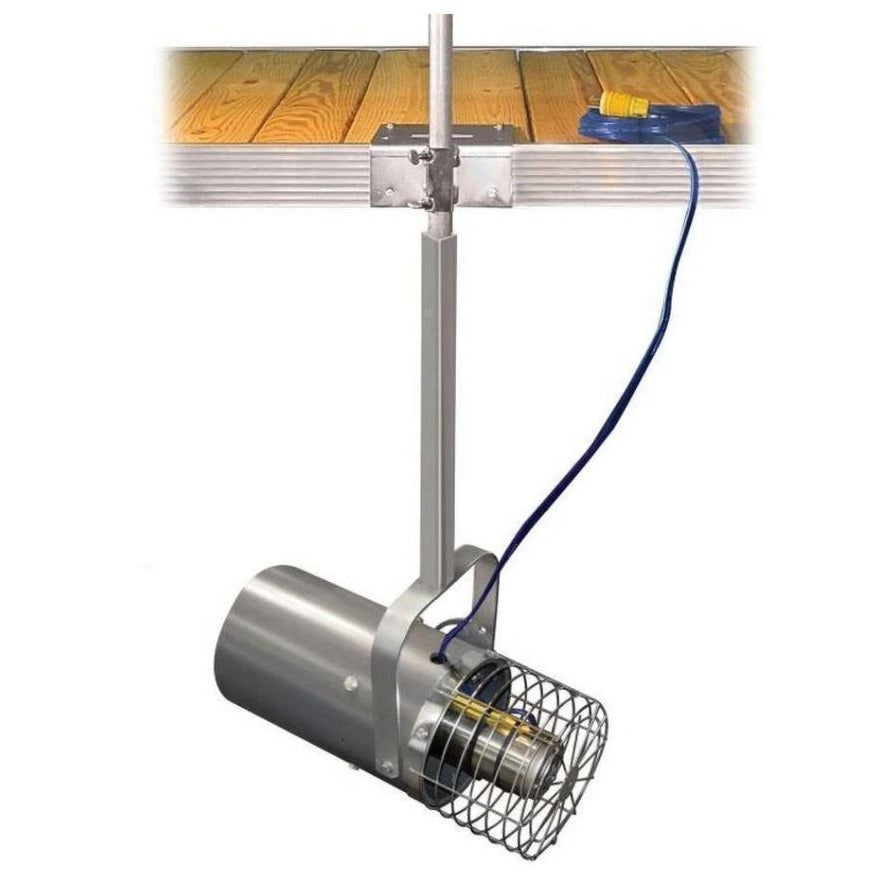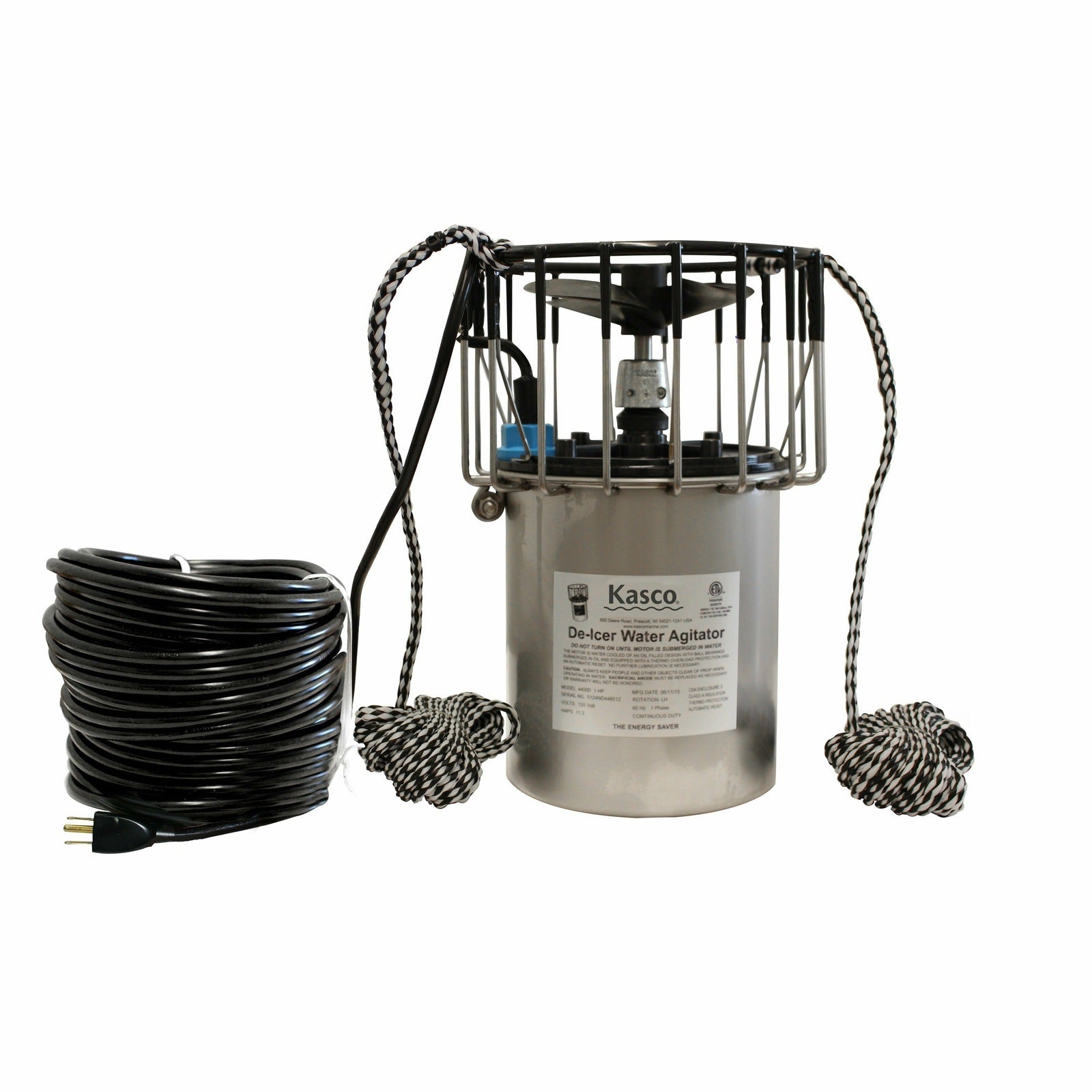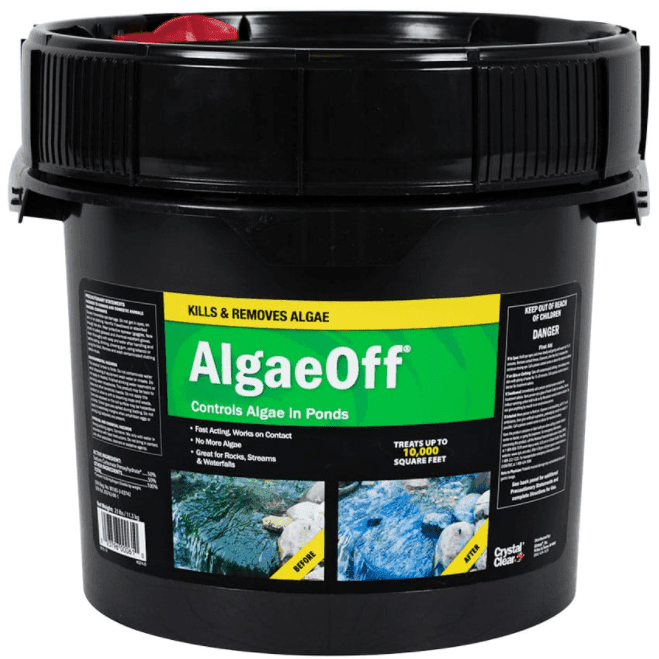Aeration is one of the most important parts of keeping a pond healthy. It brings oxygen into the water, supports fish, and keeps harmful gases from building up. Most of the time, pond owners worry about not having enough aeration, but some wonder if it is possible to have too much. The answer is yes, but it rarely happens if aeration systems are set up and managed the right way.
Let’s explore what over-aeration means, how it can affect your pond, and how to prevent it.
What Does Over Aeration Mean?
Over-aeration happens when too much air is forced into the pond or when circulation is stronger than the pond’s ecosystem can handle. This can happen if:
- The system is too large for the pond.
- The diffusers are placed in the wrong spot.
- Aeration is started too quickly without giving fish and bacteria time to adjust.
In most cases, a well-designed system will not cause these problems, but it is still something to keep in mind.
Possible Problems from Over Aeration
Disturbing Natural Layers
Many ponds form layers of warm water at the top and cooler water at the bottom. If you mix these layers too fast, it can release gases and nutrients all at once. That sudden change may stress fish.
Stirring Up Bottom Sediment
Strong bubbling can disturb muck at the bottom of the pond. When this happens, nutrients like nitrogen and phosphorus can float into the water, feeding algae and making the water cloudy.
Stress on Fish
Fish do best with gradual changes. If the water chemistry or temperature shifts too fast, it can lead to stress or even sickness.
Cloudy Water
Too much mixing often makes water look murky. While not always harmful, it takes away from the natural beauty of the pond.
When Over Aeration is More Likely
Not every pond is at risk, but certain situations raise the chances:
- A brand-new system started at full power right away.
- Restarting aeration after the pond has been stagnant for weeks or months.
- Small or shallow ponds where water moves easily.
-
Ponds with a lot of soft sediment at the bottom.
How to Prevent Over Aeration
The good news is that it’s easy to avoid problems with a few simple steps:
- Start Slowly: Run the aeration system for short periods at first, then increase the time each day until it reaches full use.
- Size the System Correctly: Match your pump and diffusers to the depth and size of the pond.
- Place Diffusers Carefully: Avoid placing them directly in deep muck where they can stir up debris.
- Spread Out Aeration: Using several smaller diffusers is often better than one powerful unit.
-
Watch the Pond: Pay attention to water clarity, fish behavior, and oxygen levels. Any sudden change is a sign to adjust.
The Bottom Line
While it is possible to over aerate a pond, it is not something most pond owners need to worry about if they follow good practices. The real issue is usually too little aeration, which leads to stagnant water, low oxygen, and unhealthy fish. By starting slowly, sizing your system properly, and keeping an eye on your pond, you can enjoy all the benefits of aeration without the risks.












